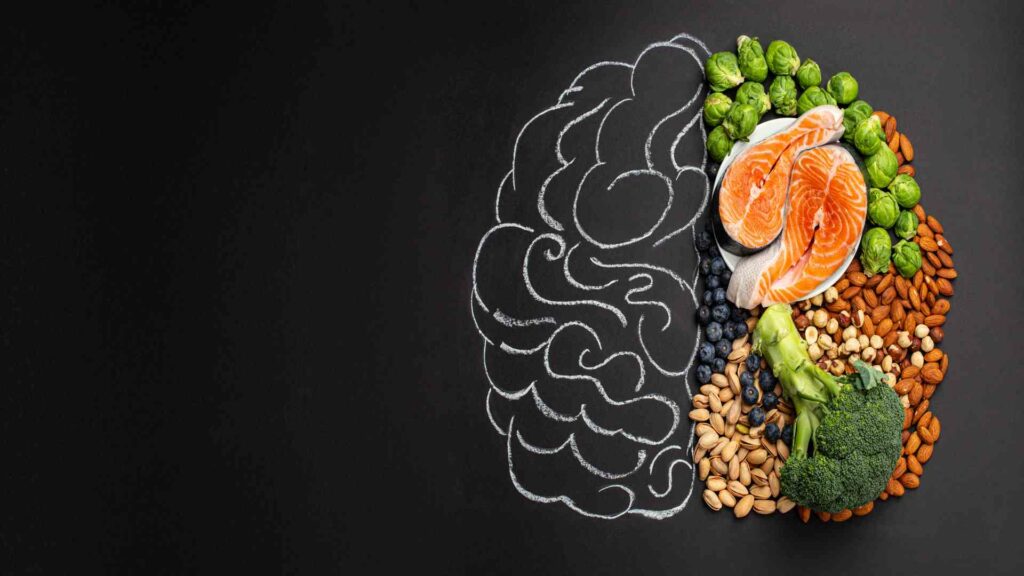Podcast – Ubiquitous Boron
Today we’re going to look at ubiquitous boron – how does boron make its presence felt everywhere? It’s found abundantly in nature. It’s found in the soil. It’s essential as a mineral for animals and humans and has many applications in households and industry.

First, let’s look at boron in nature. Boron is a natural element found in the air we breathe and controls acidity levels. In nature, boron compounds are almost exclusively found as minerals or salts formed by water interacting with various mosses, algae, fungi, and bacteria growing on the earth’s surface.
Borate ions have been found in freshwater environments, such as lakes, which help make the water supply safe by balancing the pH.
Borax helps control diseases such as malaria by fighting protozoan parasites that cause it. In nature, it’s found combined with oxygen and other natural elements forming several different compounds called borates.
Boron is also an essential constituent for plants, animals, and humans. The element is found in trace quantities up to 0.05% by weight in plant tissues with higher concentration levels occurring more often near surfaces, which can balance the acidity and basicity in all these organisms by functioning as a buffer.
A buffer solution is a solution that resists changes in pH or keeps the concentration of hydrogen ions at a constant level.
In the soil, the amount of borate anion helps balance acidity and alkalinity. Boron is used to make a range of products in agriculture, from fertilizers, to soil and pesticides. The availability or solubility of boron is pH-dependent. And boron deficiency is a problem in alkaline soils as boron compounds precipitate onto the soil thus reducing availability. And boron is easily leached from the soil and is the most commonly deficient soil micronutrient.
As for its role in humans, the notion that boron is essential for animals and humans is still controversial. However, the consumption of foods high in dibasic acid has been associated with improved bone health in elderly populations, leading to the healthy functioning of their bodies because it’s used for the production of collagen and mucopolysaccharides.
Boron also acts as a buffer in the human organism. And as a result, it’s considered to be an essential nutrient. An alkaline diet, rich in fruit and vegetables, has been shown to reduce the risk of osteoporosis, diabetes, Mellitus type two cancer, including prostate cancer and Alzheimer’s disease.
Boron also has beneficial effects on human health, such as preventing the growth of cancer cells and stimulating bone building, reducing inflammation that’s associated with arthritis, and pain relief. Along with other key nutrients like magnesium and calcium, boron affects hormone levels that are necessary for healthy bones.
It helps decrease seizures and epileptics by altering neurotransmitter levels within the brain. It can be seen as a buffer against the effects of sodium and calcium on nerve cells. It connects brain function with mood, sleep patterns, learning ability, and mental performance. What’s also interesting is that boron is found in certain plants such as almonds, avocados, bananas, broccoli, cabbage family vegetables, including cauliflower and garlic, and fruits as well, such as apples and pears.
In the household, borax has many uses in the home. It can be used as a cleaning agent for bathroom surfaces because of its natural antibacterial properties, mixed with salt to make a liquid chlorine bleach.
Boron forms an excellent component of household cleaners, soaps, detergents, and laundry products. In industry, boron has multiple applications. It’s an extremely hard refractory solid with a high melting point, low density, and very low electrical conductivity. It has many applications in the industrial sector due to properties like corrosion resistance and hardness.
The amount of Boyd anion is greater and more alkaline or higher pH solutions, as it is predominantly a univalent ion. It’s used as a coaching, for example, for jet engine blades to protect them from corrosion. Boron compounds are also used in producing nuclear weapons and other military applications, such as armor-piercing shells and rifle bullets. Boron fibers are used to make bulletproof vests as it’s difficult to penetrate and also find applications and produce high-performance ceramics, which can be found in various industrial lubricants, such as lithium Borahydrate.
The boron 10 isotope can absorb neutrons. Therefore, metal borides are used in the nuclear industry as protective shields and control rods.
One of the main industrial applications of borax and boric acid is in the manufacture of heat-resistant glasses or glass such as Pyrex. It’s also used in glass wool and fiberglass as they form borosilicate glass and are used as fluxing agents in the production of high-purity metals.
And that’s all from borates today. For more information on boron and borates and borax, please refer to the website borates.today. Thanks for listening.





